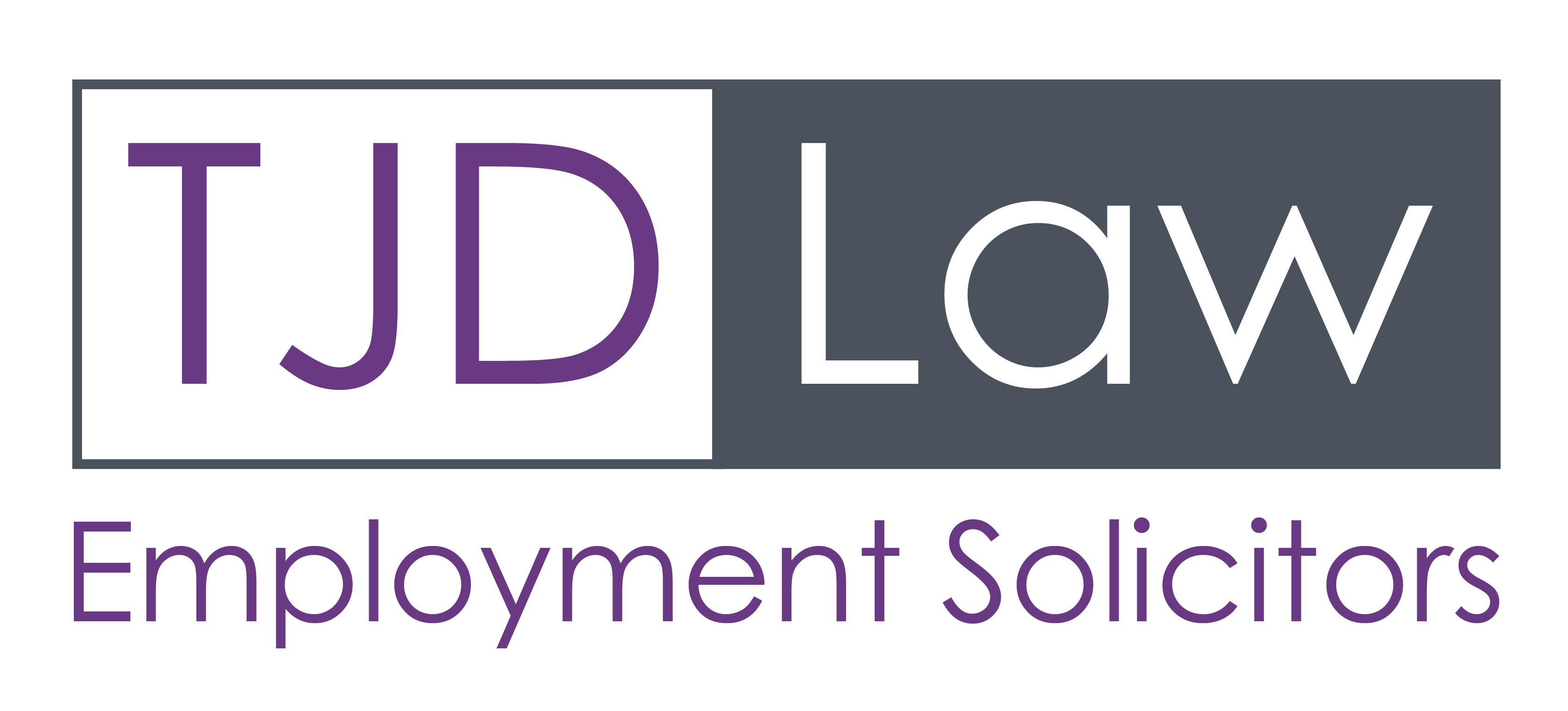In 2016, receptionist Nicola Thorp was sent home on her first day of work at a corporate finance company in London because she refused to wear shoes with two to four-inch high heels. She launched an online petition calling for the law to be changed and garnered more than 152,000 signatures.
The Parliamentary Petitions Committee and the Women and Equalities Committee found that “potentially discriminatory dress codes are commonplace”. In response, the Government Equalities Office has now published a guidance document: “Dress Codes And Sex Discrimination – What You Need To Know”, aimed at employers, employees and job applicants. It is available on the GOV.UK website: http://bit.ly/Dress_Code_Gov
The guidance is brief, (about 5 pages after you strip out the title, index etc.), and has attracted criticism for being vague and a missed opportunity. It provides some basic advice on how to avoid discrimination, includes some simple examples, and offers guidance on employee rights if challenging a dress code.
The document includes the following advice:
- Dress codes can be a legitimate part of an employer’s terms and conditions of employment.
- Dress policies for men and women do not have to be identical, but standards imposed should be equivalent. A dress code requiring all employees to ‘dress smartly’ would be lawful, providing that the definition of ‘smart’ is itself reasonable.
- Dress codes must not be a source of harassment by colleagues or customers, for example, women being expected to dress in a provocative manner.
- It is best to avoid gender-specific prescriptive requirements, for example, the requirement to wear high heels. Any requirement to wear make-up, skirts, have manicured nails, certain hairstyles or specific types of hosiery is likely to be unlawful, assuming there is no equivalent requirement for men.
- Employers should have regard to health and safety implications when setting a dress code.
- Consulting employees and trade unions over any proposed dress code or changes to an existing code will help ensure that the code is acceptable to both the organisation and its staff.

